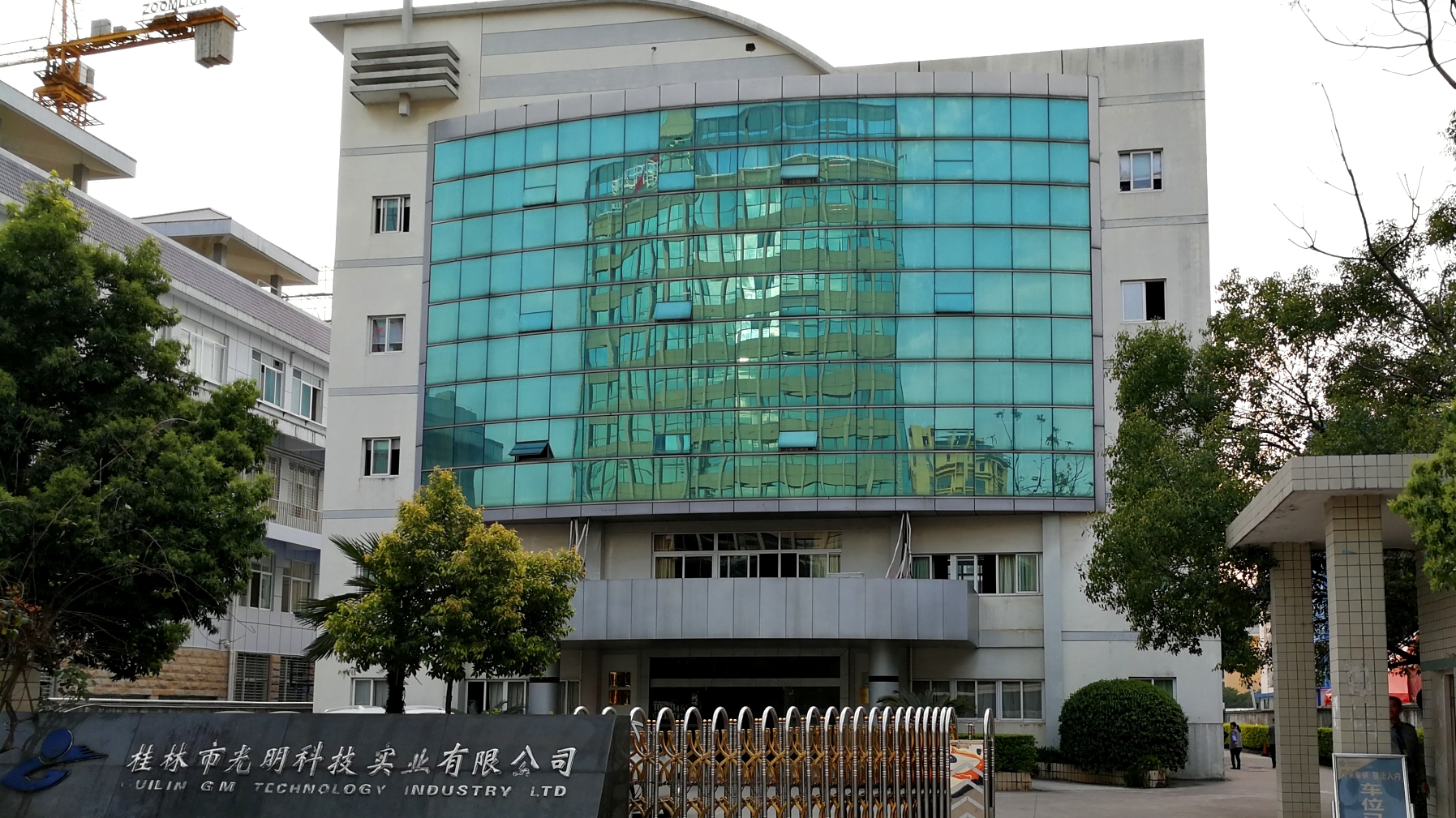Application of fiber laser in aviation
Date:2017-05-25 Click:1636

Application of fiber laser in aviation
Compared with Nd:YAG pulse laser, the advantage of fiber laser is obvious. First of all, fiber laser pumping source is diode instead of flash, so to complete Fang Bo; secondly, using a Nd:YAG laser pumped by flashlamp lifting slowly, so there is always a part of the laser energy is lower than the threshold to evaporation area, this part of the energy of the material will cause condensation, thermal barrier coating stripping. To reach the specifications of the recast layer, the pulse period must be less than 1ms. At this point, fiber laser has absolute advantages, because it can produce square waveform, so the use of 10ms pulse can meet the specifications of the aviation device on recast layer and cracking specifications.
We use an example of an extinguishing chamber. When using pulse drilling, the quenching chamber will rotate synchronously in the process of drilling. In this case, 5 pulses need to be drilled, and 2 pulses are used to form fan holes. Typically, the maximum repetition rate of the laser is 10 pulses per second. The fiber laser uses 1 long pulses to form fan holes, assuming the same pulse period and pulse energy as the Nd:YAG laser, the speed can reach 10 times as much as before. The same borehole quality can be obtained with either single or two long pulses or multiple pulses. In addition, the fiber laser can also adjust the pulse period after penetration and penetration, instead of using multiple pulses from time to time, which is beneficial to avoid damage to the body.
The characteristics of the fiber laser can be output in flat top mode, while the Nd:YAG laser is approximately the Gauss mode. So, from the flat top, all the energy goes beyond the evaporation threshold, and then there's a considerable portion below the threshold. Research shows that under the same conditions, the same drilling effect is achieved, and the energy consumption of fiber laser is less. The reason is square wave + flat top mode. It is also because of this characteristic, fiber laser is more efficient and less thermal damage in drilling. Thermal damage is less, coating stripping and recast layer will be improved.
Nd:YAG laser was of concern, one of the reasons is the common property of the beam divergence, the spot size can be increased or decreased with the power to change, only after re adjustment, can reach the required aperture. Some Nd:YAG laser integrated internal focusing telescope, the beam divergence angle changes for this adjustment, but the operators demand high professional degrees, time-consuming, but also the correct parameters, so many people are not optimistic about this method. At this point, the fiber laser on the contrary, because of the shape of a circular focus, so in power increased or decreased when not changing, and assumptions in the system into a zoom telescope, you can directly change the focal spot size when drilling in flight. The range is usually 3-1.
On the flexibility of fiber laser in Nd:YAG, which is mainly due to the high response to pulse diode cycle and power in flight while drilling, enabling the operator to power and pulse period using different pulse sequences to create the desired. For example, in the beginning of drilling with low power, short pulse, and then according to specific drilling needs, according to the sequence of progressive power and pulse. Because fiber laser can adjust the spot size and pulse duration (as low as 10 s) while providing kilowatt peak power, it is enough to use only one machine.
When using aperture technology, the processing speed of fiber laser can reach 10 times as much as that of Nd:YAG pulse laser pumped by light. Not only that, when drilling holes, fiber lasers can also be converted to power up to 2kW continuous output, high-speed cutting. For some chamber designs, this data can be further improved. To sum up, pulse fiber laser is an ideal choice for cutting thick plates and high speed drilling applications.





